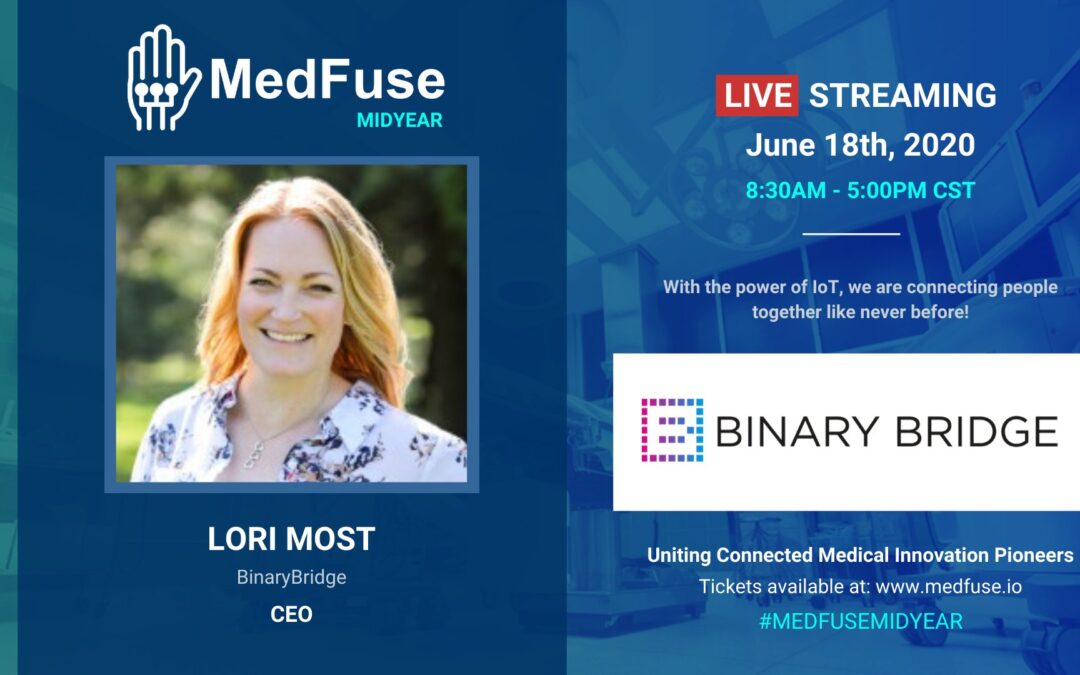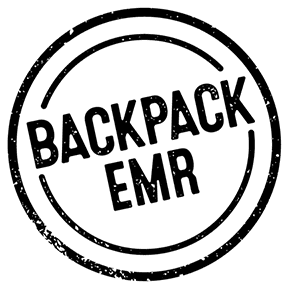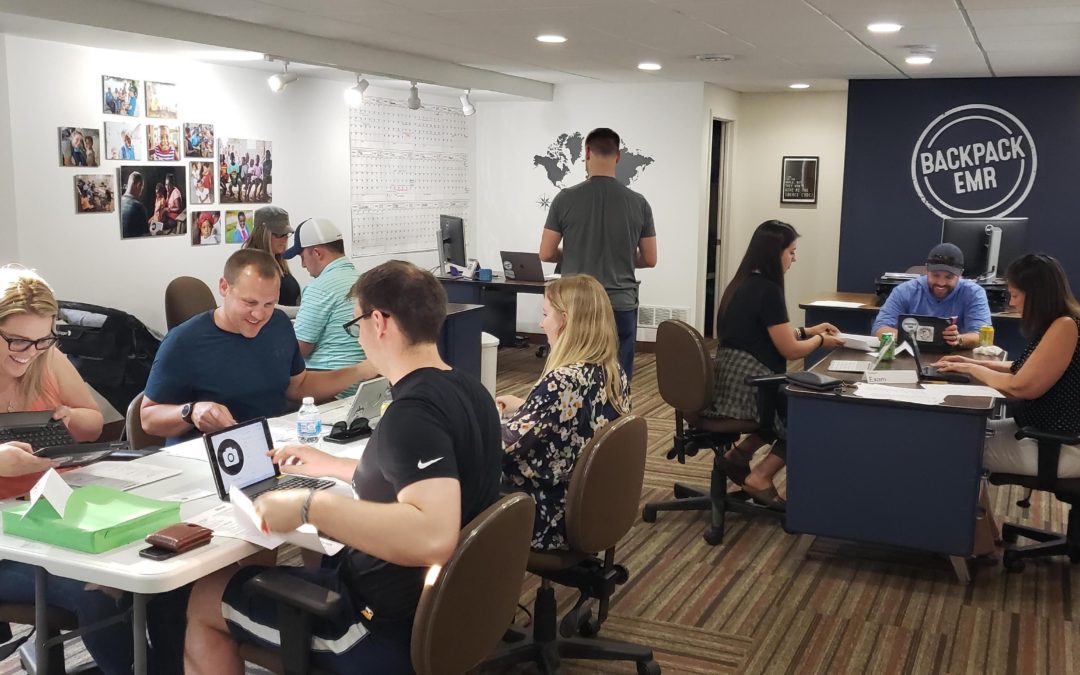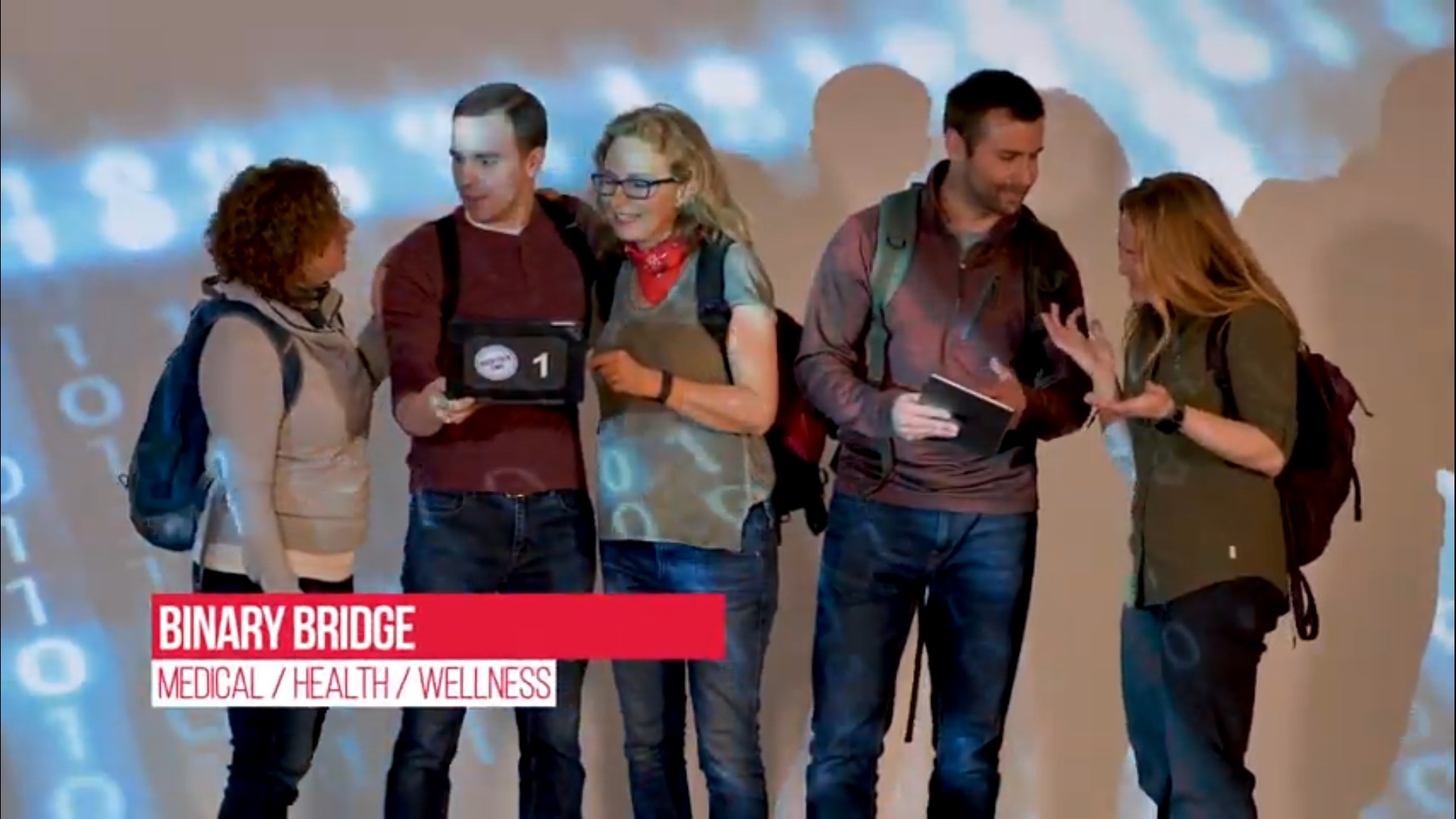Minneapolis, MN – How do you test software that will be used in the most remote locations, for mission-critical patient-tracking during mobile clinics?
You need to run it through your own mobile clinic, of course!
Software development teams know how important it is to test every feature, every release, and every potential scenario before rolling it out to users. When you’re rolling software out to clinicians operating in areas without access to the internet or cell service to call for assistance, that solution needs to be bullet-proof.
BackpackEMR has a unique offline networking system that simply HAS to work each and every time it is used. Every time. So in order to simulate our partners’ working environment, we set up “mock clinics” where we turn off all internet, and connect our system as if we were in rural Haiti or Malawi. Then we invite family and friends for pizza, beverages, and a night full of data-entry…
It starts with a pile of “paper patients”, each with unique names and specific data to enter in each field that we review later for data quality.
Each station enters their “patient information”, and then passes the patient along to the next station – simulating the path (and data entry) for a real patient in a clinic. Our last station, Pharmacy, then validates that all of the data from each station is displayed correctly.
And the only way to truly simulate a real clinic is to throw in a lot of curveballs like the ones that might happen in a real clinic. This includes things like patients going to the wrong station, tablets losing connection to the others, equipment dying or going out of range. All of the things that might go wrong during a clinic. This ensures that even if the team has problems, the system can STILL perform correctly, not lose data, and in general, overcome the set-back with grace.
There is always a back-up plan, and if that fails, there is at least 1 back-up to the back-up.







